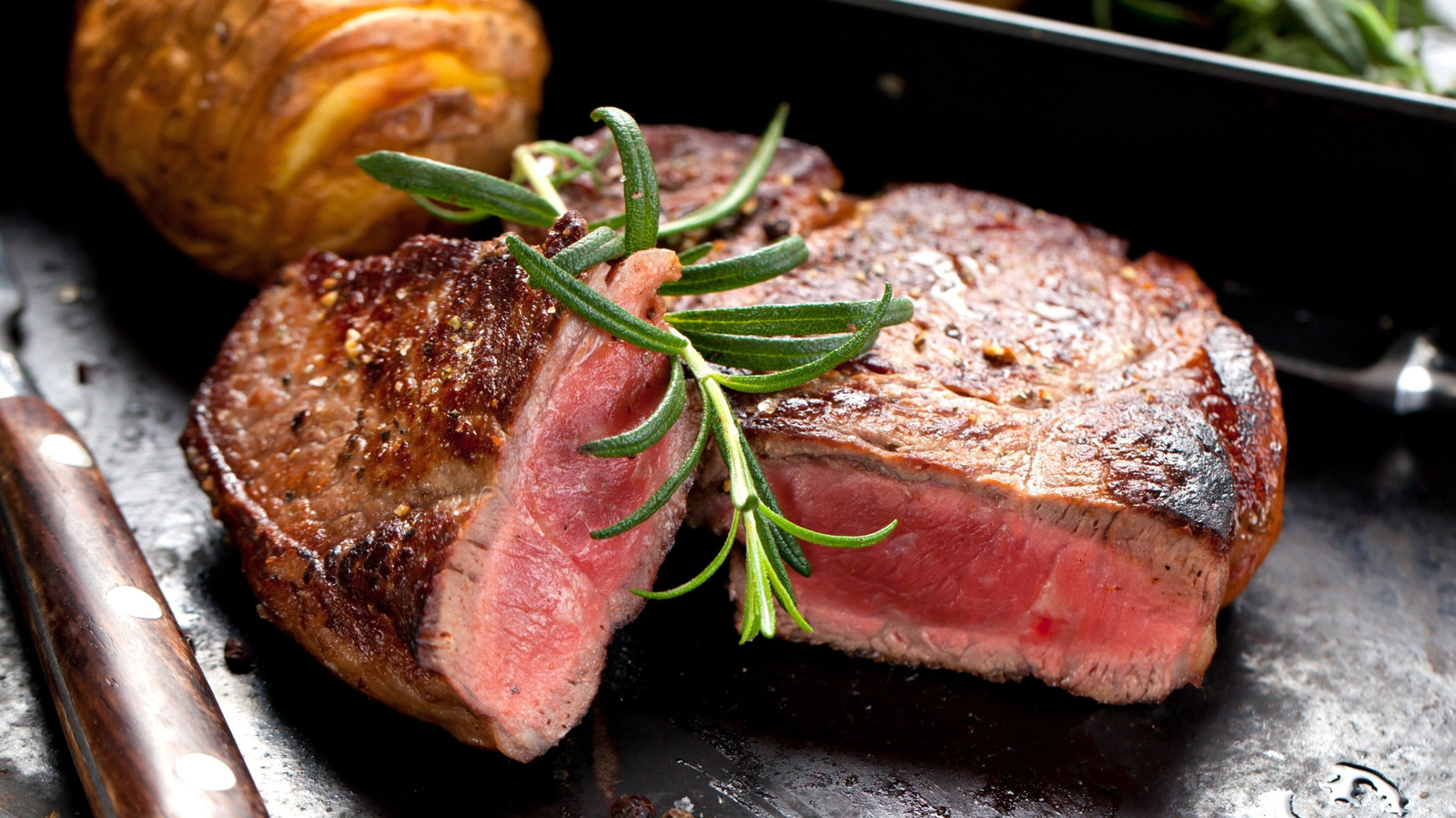
"From your rib-eye to the T-bone, the best cuts of beef for steaks aren't the ones stripped of every ounce of fat, but the ones with marbling. Those delicate streaks of fat threaded through the meat don't just make a steak look beautiful, they melt as it cooks, basting each bite in flavor. But alongside that welcome fat, there's another connective tissue that sometimes shows up: gristle."
"A steak is made up of muscle, fat, and two types of connective tissue: collagen and elastin. The muscle is what we eat, the fat adds flavor, while collagen melts down into that silky, slow-cooked tenderness we love. Gristle comes from elastin, a tougher connective fiber designed to stretch and support an animal's joints and ligaments. Unlike collagen, elastin never really breaks down, no matter how long the meat stays over the fire."
Marbling refers to streaks of fat within steak that melt during cooking and baste the meat, enhancing flavor and tenderness. Steaks are composed of muscle, fat, collagen, and elastin; collagen softens and can produce a silky tenderness, while elastin forms gristle that stays tough and rubbery despite heat or chewing. Gristle originates from connective fibers that support joints and ligaments and is not meant to be eaten, often warranting removal before cooking or returning the dish. Ribeye offers rich marbling and tenderness, while loin cuts are leaner and more prone to drying out.
Read at Tasting Table
Unable to calculate read time
Collection
[
|
...
]